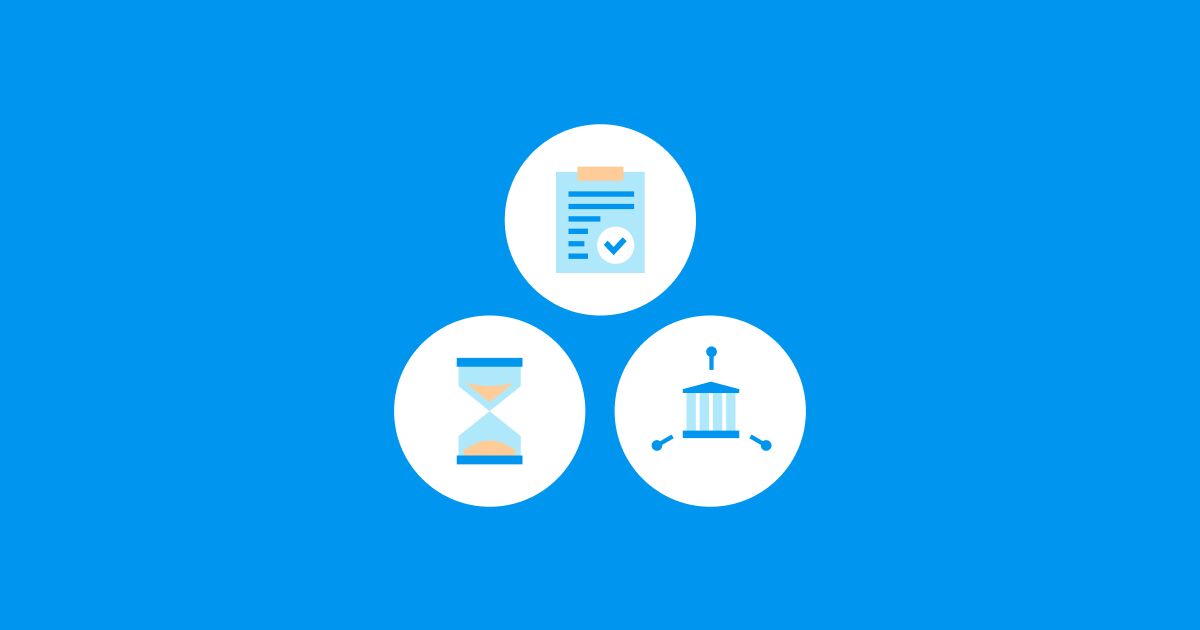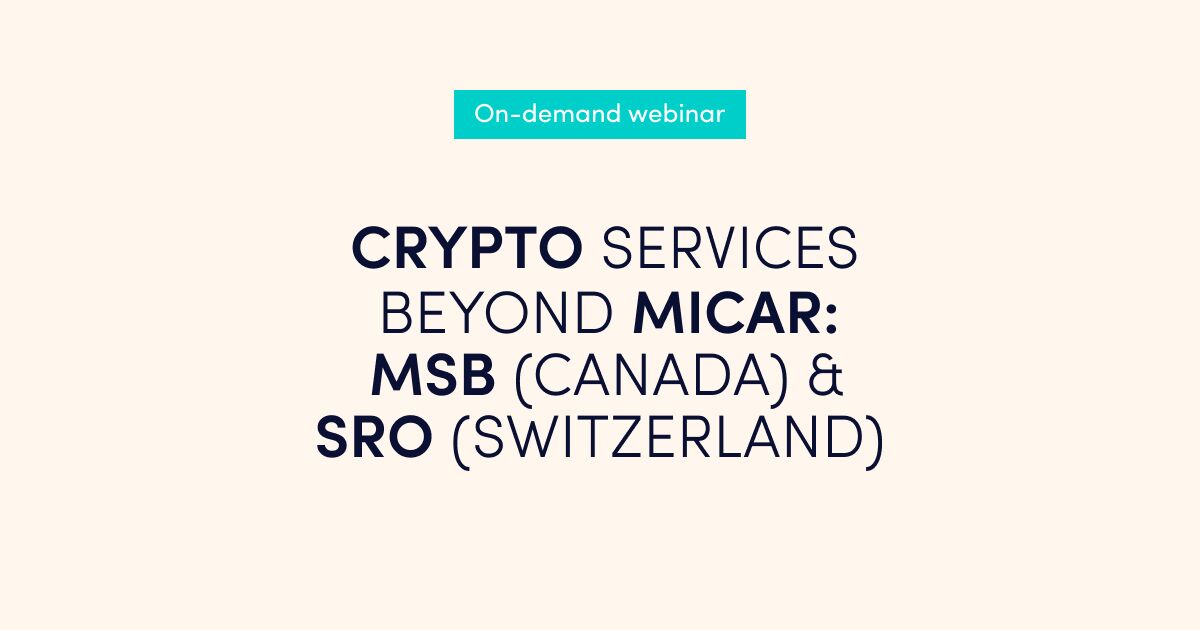In this article, we explore how the industry has changed and what trends in 2022 are shaping the future of the fintech industry.
The fintech market size stood at USD 112.5 Billion in 2021 (GlobeNewswire). The pace of change and innovative mindset in fintech has picked up in the recent years and the industry continues growing exponentially. The Global Fintech Market size is expected to reach USD 332.5 Billion by 2028 and is expected to grow at a Compound Annual Growth Rate (CAGR) of 19.8% during this period.
The first fintech trend in 2022: New stage of maturity in the fintech market
The explosion of new fintech businesses is slowing down and the market has started focusing on more mature businesses with a clear path towards profitability and strong USPs.
Also, regulators have become stricter – there are new requirements that increase entry barriers for new companies that are not ready to become authorized institutions due to insufficient funds, experience, and team, etc. This explains the recent decrease in the number of Payment Institution and E-money Institution licenses received in the EEA countries. Currently, only companies with an extensive experience and strong financial background apply for licenses.
Some of the examples of how regulators tighten their requirements are the increase of the number of the local personnel required, the increase of the requested initial capital amount, and additional requirements for funds to ensure the company’s stability for the years to come.
The second fintech trend in 2022: Time is everything
The turnaround time necessary to launch fintech services has shortened because startups are looking for new ways how to enter the market faster and cheaper.
Such companies are no longer ready to wait a year or two to obtain financial licenses. And we don’t even speak about the development of their own payment infrastructure and IT system that may take a couple of years.
The third fintech trend in 2022: BaaS become a mainstream
On one hand, regulations have become more complex and the number of applications for Payment and E-Money Institution licenses has decreased, meaning that fewer and fewer companies apply for licenses. On another hand, fintech newbies are not ready to spend time for developing payment infrastructures. So, the question is how to get around these challenges? There is a need for an ecosystem that can help fintechs to adapt to rapid technological and regulatory changes. Banking-as-s-Service (BaaS) is the best-in-class ecosystem that reconfigures the standard operation model, opens the door to a shared economy in business, and enables new sources of growth.
Newcomers and fast-to-market solutions
Fintech startups are more likely to connect to BaaS services. They are not ready to spend years and make huge investments at the very beginning to become authorized and develop a payment infrastructure. Despite the impression that these services are very simple, BaaS is not accessible to everyone. BaaS is usually distributed to clients via APIs, it requires strong risk and compliance management of the embedded finance partner because the BaaS partner license can be at risk. This means that new companies that are looking to connect to any BaaS provider should pass a strong Due Diligence procedure, especially if License-as-a-Service is offered.
Search for new revenue models
Fintech companies with a fully developed payment infrastructure have started sharing their infrastructure with newly developed fintech companies. Having invested an enormous amount of money into infrastructure and licensing, financial institutions are actively exploring ways how to generate alternative revenue streams and grow products.
Complete “out-of-the-box” solution
There are quite a few well-established and widely known BaaS providers in the market (e.g., Currency Cloud, Railsbank, Modulr, and others) and many of them provide only an API to connect to their services.
Then there is a new trend that BaaS providers couple their capabilities with Core Banking platform providers to compose a complete “out-of-the-box” solution, meaning that the client receives a ready operating back-office and front-office system with embedded integrations with BaaS providers. This kind of cooperation brings a huge number of opportunities to clients because such type of BaaS solutions allows them to connect to a ready payment infrastructure and start operations within a couple of months.
Read also about fintech trends in 2021 and fintech trends in 2020.
About Advapay
Advapay is a provider of Core Banking platform Macrobank and Banking-as-a-Service solutions for Electronic Money and Payment Institutions, such as digital banks, e-wallets, remittance companies, crypto startups and other fintech companies. Currently, the company serves more than 30 financial services companies across the UK and European Economic Area.
Besides the technical infrastructure, the company provides licensing and fintech consulting services, including assistance in building payment infrastructure.









